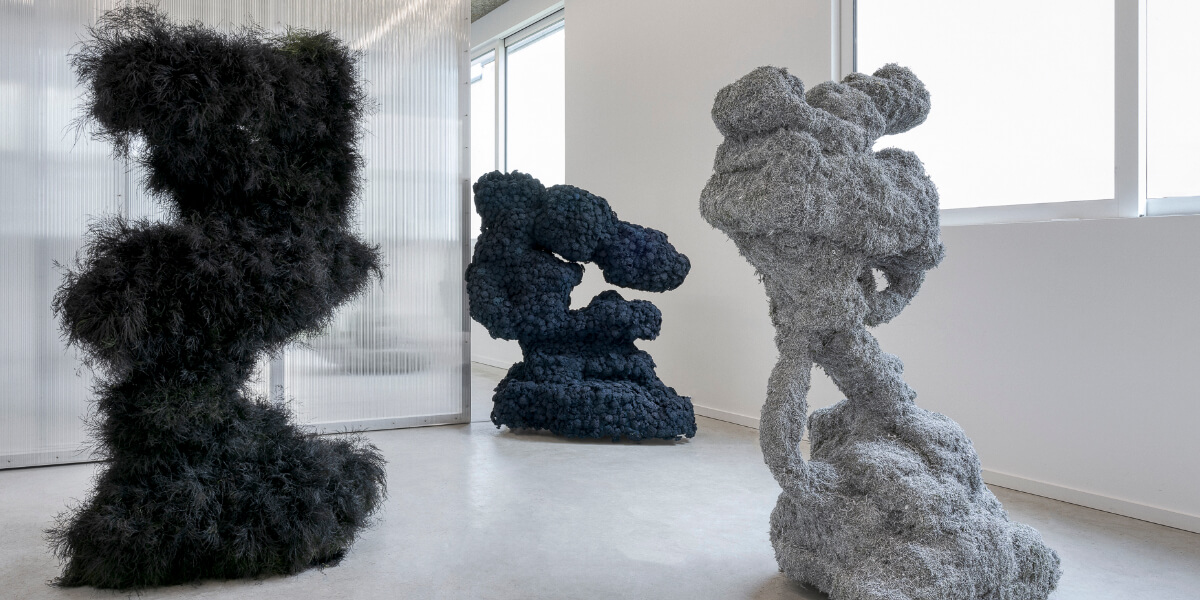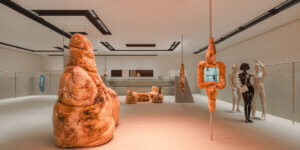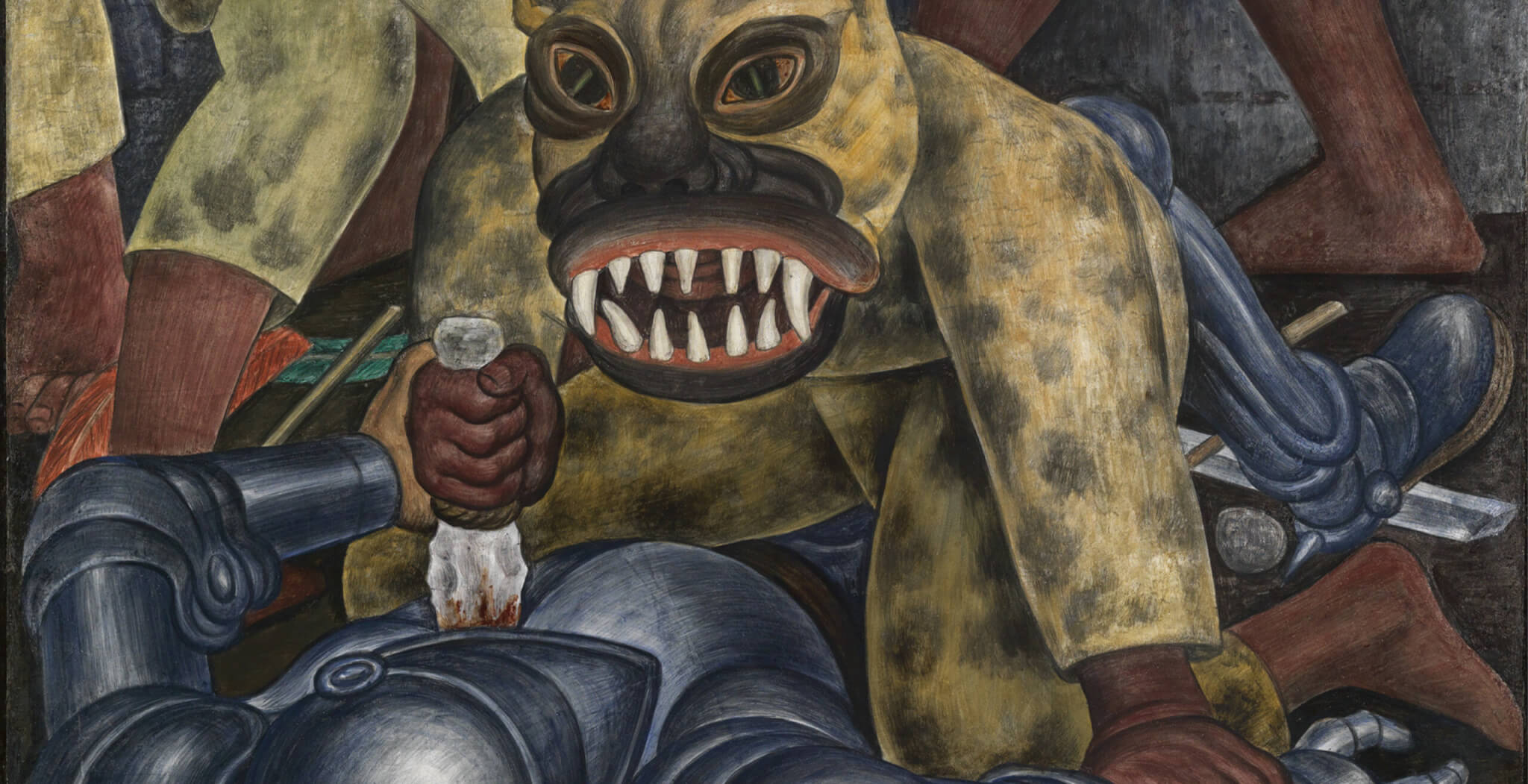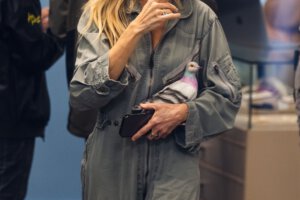Studio Lilo: Berlin’s Favourite Floral Landscape Designer
It is undeniable that our fascination for floral landscape design, like other kinds of design and curation such as food styling and mood board curation, is very much on the rise, with the artistic flair of creatives such as Lilo Klinkenberg, a fashion graduate student, whose love for nature evolved to dressing spaces with nature’s finest materials, leading her to found Studio Lilo.
Recently, Lilo took over the BAM space for a solo exhibition in Berlin—the artist’s birthplace and current base—showcasing six botanical sculptures playing with the real and unreal, the natural and unnatural. In this interview, we discuss the influence that her urban upbringing and her fascination with the contrasts between man-made structures and natural forms have on her work.
Hi Lilo, how are you? It’s really exciting to feature your work! Let’s start by talking about the beginning of Studio Lilo—did you become a floral landscape designer?
I studied fashion at the University of Arts in Berlin. My studies put me in touch with the world of design and art history, and they trained my eye and analytical perception of colour, space, texture. It taught me how to consciously work with the material world in order to create memorable experiences and evoke emotions.
A few years ago my siblings and I opened a restaurant in Kreuzberg, which also functions as an event location. I began taking care of the space’s design of the space and handling the floral arrangements for events. As I was finishing my studies, I realised I enjoyed dressing spaces more than dressing bodies. Once I started working, I knew I’d never want to stop working with plants and flowers, and gladly feel the same way to this day. So I founded Studio Lilo.
What concepts or values are often at the core of your work?
When I enter a space, and I feel comfortable, I always ask myself: Why is that? That was one of the reasons why I founded the studio, asking myself how I could contribute to evoke that feeling for others.
Another core theme for me is contrasts, a theme that has accompanied me throughout my life. In the end, it’s all about feelings.
What’s your creative process like? What inspires or gets you in the mood to create?
I‘m very visual, absorbing shapes, spaces, and colours at all times. Taking countless pictures just to capture those memories. And at some point, those memories come to life in my own way.
You’ve collaborated on exciting projects with big brands. What’s been your favourite project or collaboration, and why?
One of my favourites will forever be the project I did for Flos at last year’s Salone del Mobile in Milan. The project and team were great, with a lot of creative freedom, and it gave me the chance to start working internationally—an experience I’m very grateful for.
Your work plays with nature and man-made structures. What’s your opinion on the symbiotic process between man and nature?
In my work, I learn from nature by observing its creativity. Sometimes, when I see a plant growing over a facade or beside a roadside in a weird shape, I’m deeply impressed. Nature is a fantastic artist, don‘t you think?
The development of ever-growing cities has led to contrasting concrete with natural bodies, the so-called biophilia. Would you say your work powers or is powered by this concept?
Having grown up in a city, my visual library is urban, so juxtaposing geometric, architectural elements or backdrops with flowing greenery feels natural to me. I like playing with those contrasts and it will always be a significant part of my work.
If a space is very geometric, I’m drawn to organic shapes. If the surroundings are overly romantic and too beautiful to be true, I like to break it with something that adds a brutalist touch to it.
Between beauty and extravagance, nature and manmade, real and dreamed-up—what’s your approach to aesthetics?
My background is in fashion design, my passion is nature. I combine both and free myself from boundaries during the process of creating.
I love creating designs that leave space for dreaming and for all kinds of associations. Everyone feels and sees differently.
So I feel like my work is a mix of everything you mentioned.
What was your creative approach to your most recent solo exhibition ‘Is this even real?’
I came up with the idea for my solo exhibition—my first solo show—because I wanted to create objects that would speak for themselves, without involving context or a client’s needs. Sometimes during the process, I asked myself: Is this even real? Or will this ever be real? But while making the six sculptures, it started to feel real on a basic level. And seeing them finished was special and unreal, because they’d been on my mind for so long.
For the exhibition is this even real?, I collaborated with Aoiro Air for scents, and my friend Oleg Solovey did the sound design. Seeing everything come together and having actual visitors felt real. Especially seeing the way visitors reacted to my work. “I want to hug them” was one of the reactions I overheard from many visitors, and it was quite flattering.
What’s coming next for you?
I want to dive deeper into conserving techniques and work on sculptures for outdoor spaces. I’m also reflecting on the beauty of living and dying plants.
Other than that, let’s see and find out!




























